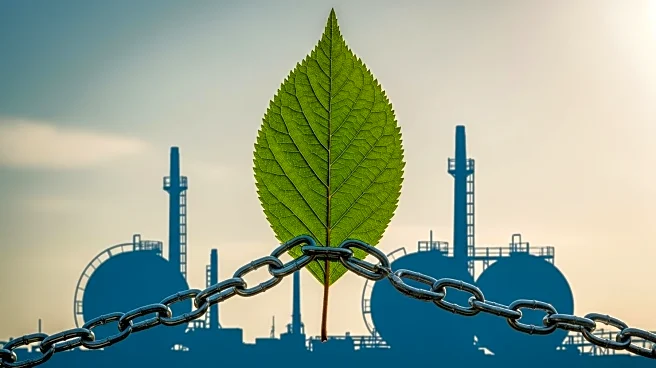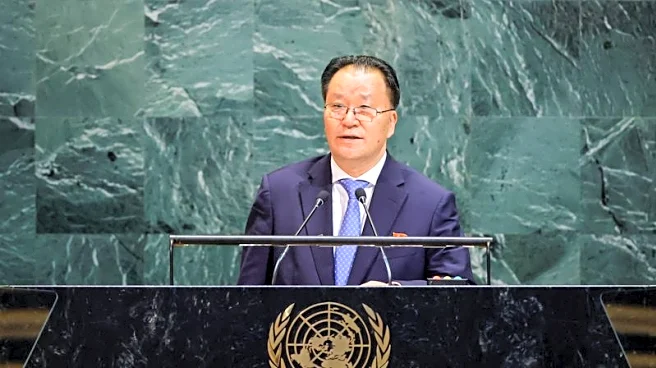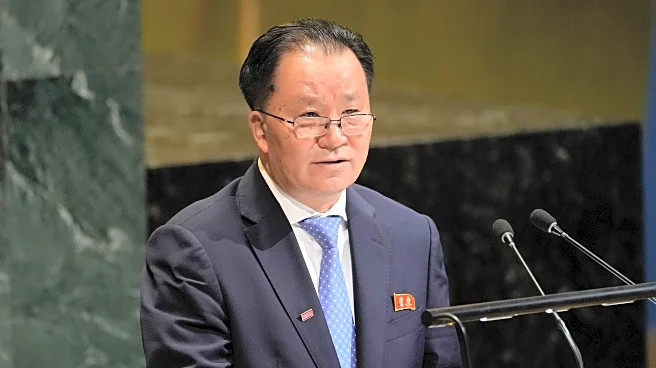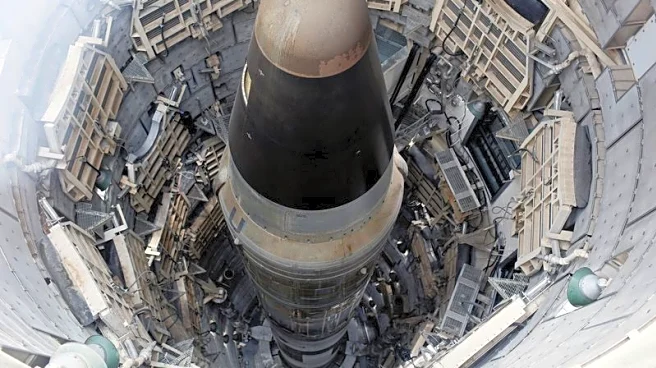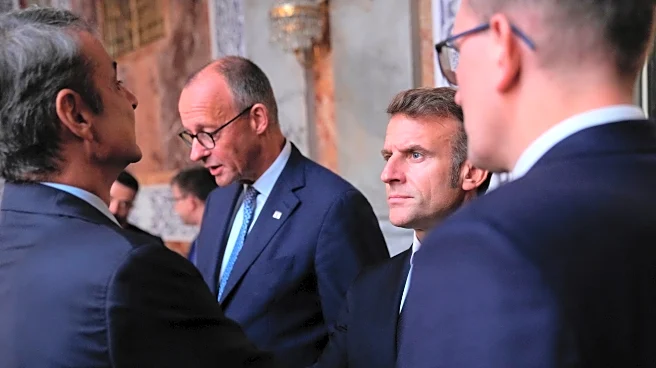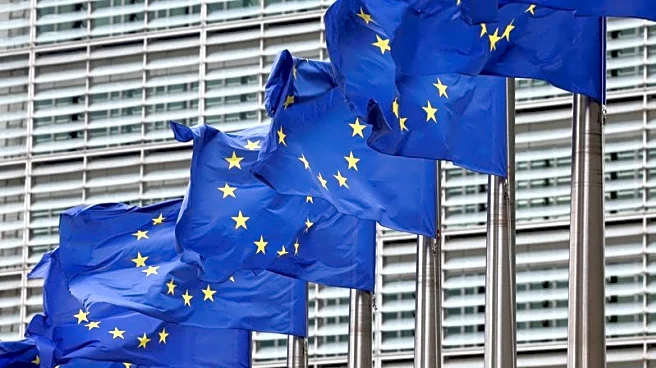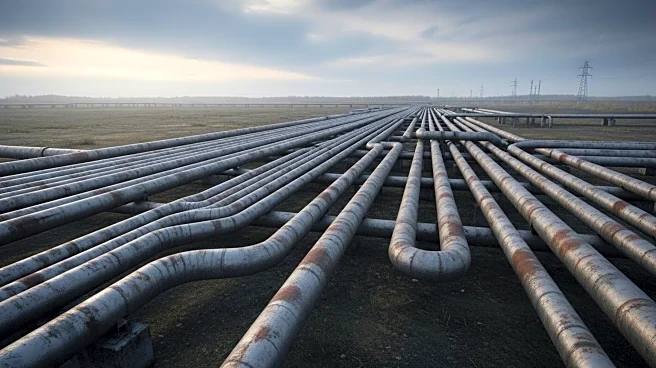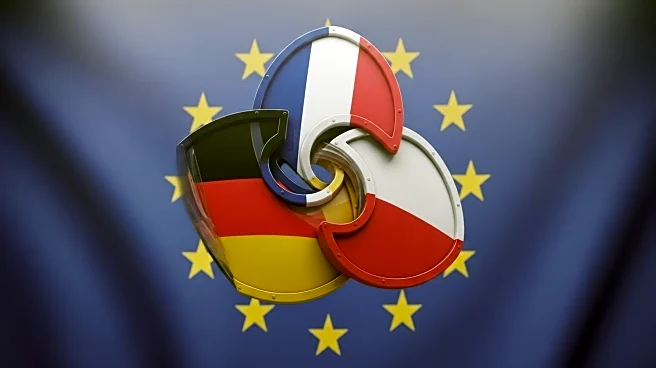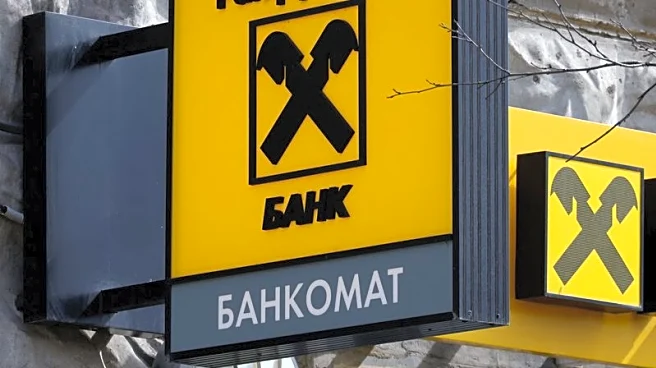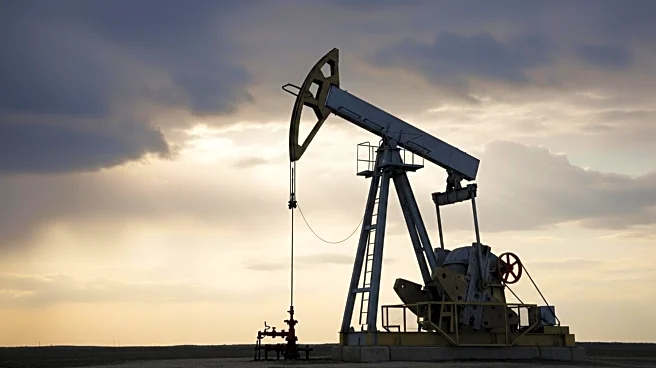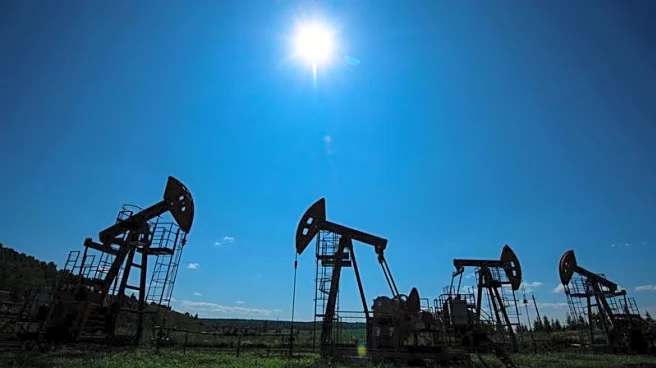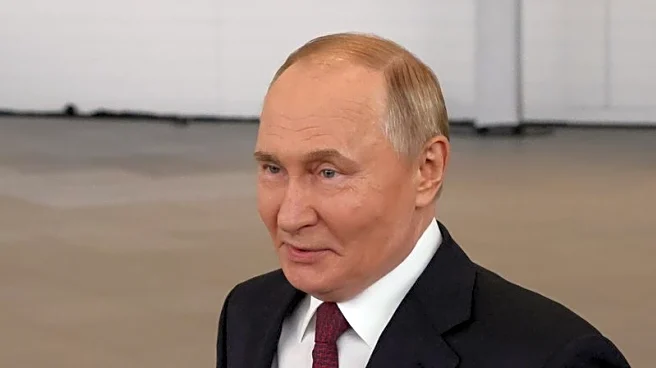What is the story about?
What's Happening?
Greenpeace activists have blockaded the Fluxys LNG terminal at the port of Zeebrugge, Belgium, demanding an end to Russian and U.S. LNG imports into the EU. Approximately 70 activists used small boats, rafts, and kayaks to stage the protest, displaying banners with images of Vladimir Putin and President Trump. The protest coincides with discussions on the EU's 19th sanction package related to the Ukraine war. Greenpeace is calling for a ban on Russian gas imports by 2027 and a freeze on new contracts from U.S. suppliers, advocating for a transition to renewable energy.
Why It's Important?
The Greenpeace protest at the Zeebrugge LNG terminal highlights growing environmental and geopolitical concerns over fossil fuel dependencies. The EU's reliance on Russian and U.S. gas imports has implications for energy security and climate goals. Greenpeace's actions underscore the urgency of transitioning to renewable energy sources to reduce carbon emissions and geopolitical vulnerabilities. The protest may influence public opinion and policy discussions on energy independence and climate action within the EU.
What's Next?
The ongoing protest at the Zeebrugge terminal may lead to increased scrutiny of LNG imports and pressure on EU policymakers to accelerate the transition to renewable energy. The EU's proposed ban on Russian gas imports and Greenpeace's demands could shape future energy policies and international relations. The protest may also prompt further actions by environmental groups across Europe, advocating for sustainable energy solutions.
AI Generated Content
Do you find this article useful?
